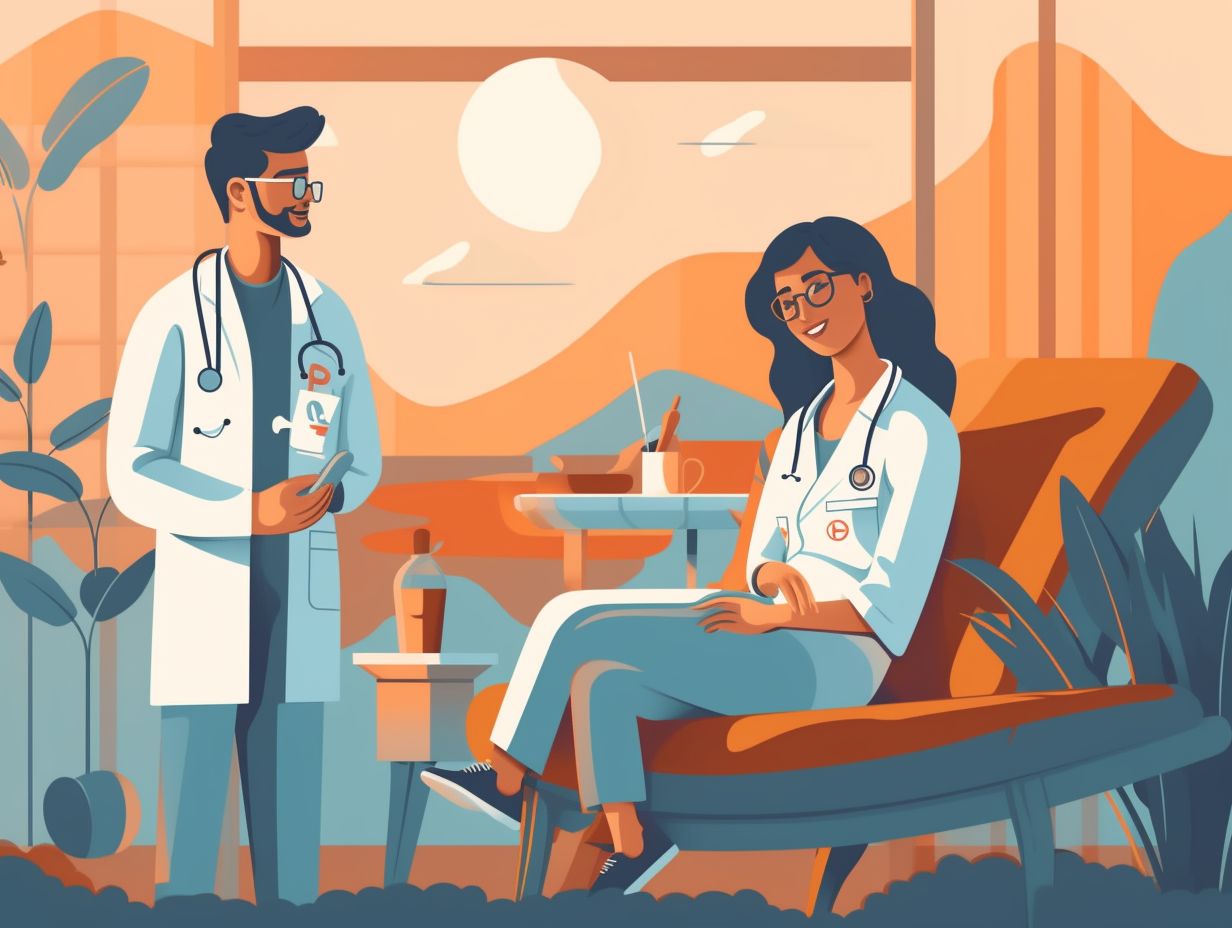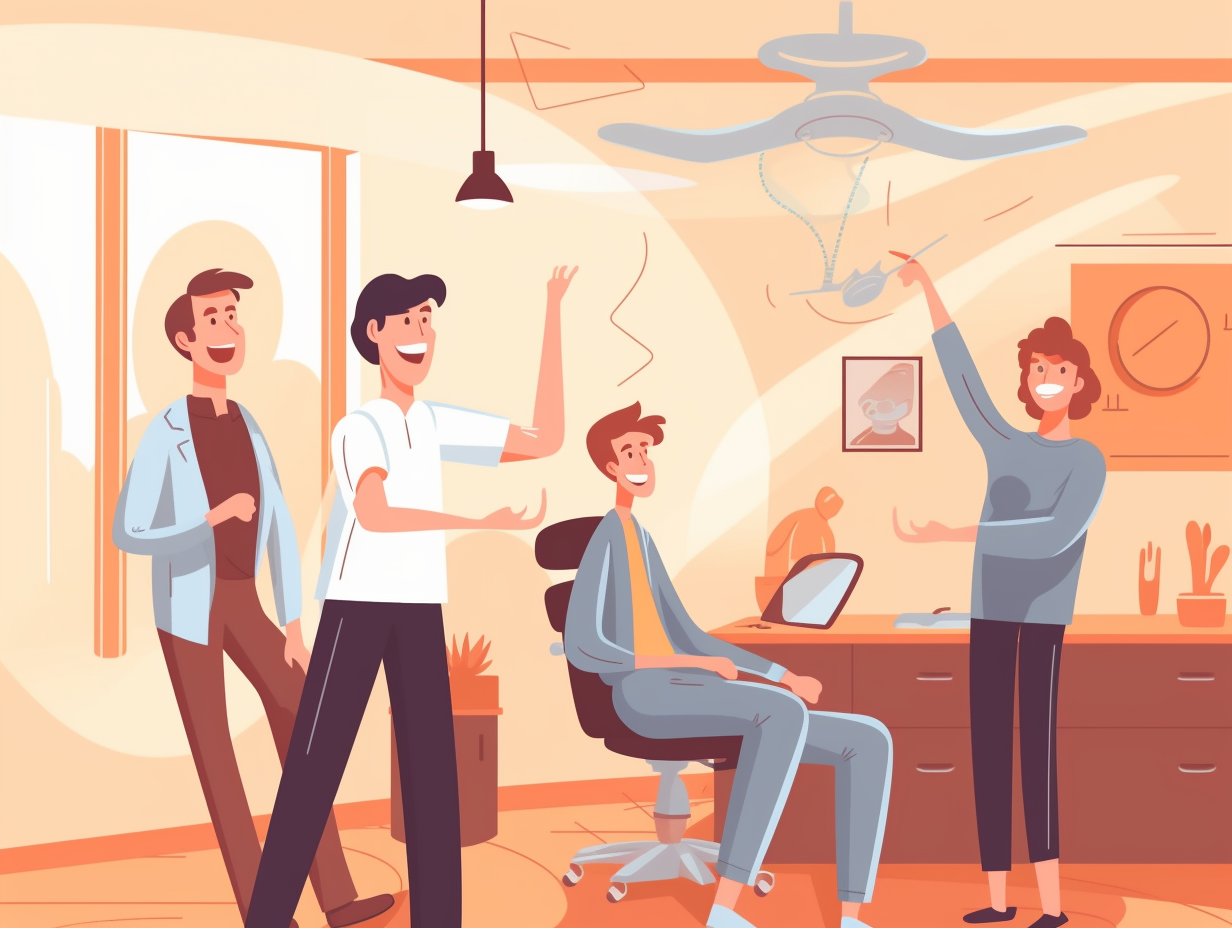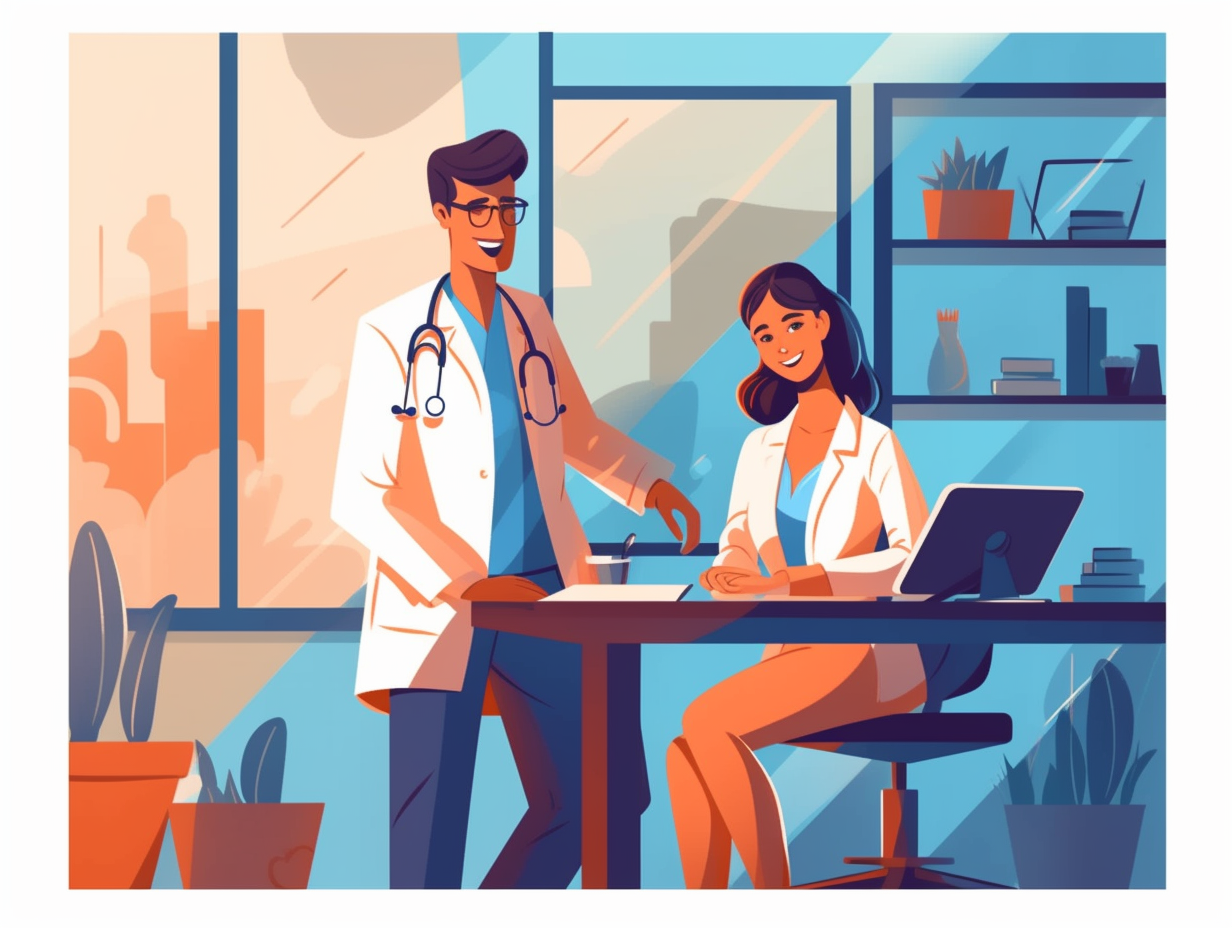Discover the World of Wordplay: Top 11 Fun Facts About Speech-Language Pathologists You Never Knew!

1. Walking, Talking Rosetta Stones
Who needs secret decoder rings when speech-language pathologists are around? These masterminds are like walking, talking Rosetta Stones: Unlocking the secrets of communication and swallowing disorders, they play vital roles in health literacy, screening, diagnosis, and intervention. Working in tandem with other professionals, these savvy sleuths ensure the best decisions are made for those grappling with communication and swallowing difficulties.
Source => asha.org
2. Voice Wizards to the Rescue
Ever felt like your voice has a frog in its throat or is doing the hokey pokey on a roller coaster? Fret not, for the voice wizards are here to help: Speech-language pathologists skillfully wield vocal therapy and vocal hygiene techniques to banish misused voices, allergies, infections, and more, transforming those vocal cords back into smooth sailing symphonies.
Source => speechpathologygraduateprograms.org

Did you know that nail-biting can actually affect your oral hygiene? A study found that chronic nail-biters have a higher plaque index and more harmful bacteria in their mouth. Don't miss out on this intriguing fun fact! 🦠💅
=> Fun Facts about Health
3. Brewing Remedies for the Spoken Word
Speech language pathologists may not be wizards who can magically heal speech troubles, but they do have a spellbinding secret weapon: weeks and weeks of practical experience brewing remedies under the watchful eye of a seasoned master! In New York State, one must complete a minimum of 36 weeks of supervised experience involving direct clinical work with patients, consultations, record keeping, and other relevant tasks. The supervision should be provided by either a licensed professional in the field or someone with ASHA's Certificate of Clinical Competence, with at least two-thirds of the experience focused on direct clinical contact with individuals who have communication disorders. Thus, earning a master's degree and this hands-on training is what truly transforms them into masters of the spoken word.
Source => op.nysed.gov
4. Bilingual Heroes on the Rise
Move over, Dora the Explorer: Speech-language pathologists are stepping up as the real-life bilingual heroes! As the number of English Language Learners in American schools soared by 300,000 between 2004 - 2014, with some states like California nearing one-quarter ELL enrollment, bilingual or multilingual speech-language pathologists were increasingly sought to provide culturally and linguistically appropriate services to this growing population.
Source => speechpathologygraduateprograms.org

5. Mealtime Maestros
Move over, smoothie connoisseurs and mashed potato maestros: speech language pathologists are waltzing in as the ultimate life-changers for the untamed chew, slurp, and swallow! They skillfully whip up tailor-made interventions like mealtime observation, texture-modified foods and liquids, developing oral movements, and even providing education and training for support networks, all to assist those grappling with dysphagia.
Source => therapyfocus.org.au
6. Communication and Swallowing Superheroes
Speech language pathologists, much like linguistic superheroes, swoop in to save the day for those in distress with their communication and swallowing superpowers: These skilled professionals not only perform extensive evaluations to diagnose speech, language, cognitive-communication, and swallowing disorders, but also provide vital ongoing support to monitor the progress of the individuals they serve.
Source => asha.org
7. Stroke of Genius Rehabilitators
You'd think it's the stroke of genius behind rhymes and melodies, but it's actually speech-language pathologists saving the day: Over 700,000 stroke survivors in the US rely on these communication wizards for rehabilitating their speech, language, voice, cognition, and swallowing abilities through innovative therapies like the toe-tapping melodic intonation and the visually-intriguing speech perception techniques.
Source => asccare.com
8. Real-life "Guess Who?" Navigators
Navigating the world of accents is like playing a real-life game of "guess who?": you quickly learn that there's a world of variation in how we pronounce our syllables and roll our R's! But fear not, for speech language pathologists have got your back: they offer accent modification services to help you fine-tune your communication skills in social, educational, and work settings, without trying to eradicate your unique accent entirely.
Source => asha.org
9. Stutter Me Timbers, SLPs Save the Day
Stutter me timbers, matey: Around 75% of young children who experience stuttering naturally recover, with speech language pathologists swooping in to save the day by utilizing evidence-based treatments such as response contingent therapy for kids and speech restructuring for adults, all to ensure everyone's verbal ship sails smoothly!
Source => ncbi.nlm.nih.gov

10. Linguistics-themed Law & Order
In a courtroom showdown resembling a linguistics-themed "Law & Order" spin-off, speech language pathologists swoop in to save the day, deciphering the stutters and untangling tongues of legal drama characters: The truth is, these linguistic superheroes often play a crucial role in judicial trials by assessing and treating communication disorders, but leave the highly-specialized field of forensic speaker recognition to other experts with specific training in voice comparison and speaker identification.
Source => speechprocessingbook.aalto.fi
11. Vocal CSI Agents Unraveling Mysteries
Ever thought of speech-language pathologists as vocal CSI agents, using cutting-edge tech to examine the inner workings of the human voice box? Well, you should: These skilled professionals wield videostroboscopy, the gold standard for visualizing vocal fold vibration, to uncover valuable clues for diagnosing and treating various voice disorders. Partnering with otolaryngologists and laryngologists, they dissect minute details like amplitude, mucosal wave, and vibratory behavior, ultimately improving patient care for those with dysphonia.
Source => ncbi.nlm.nih.gov
Related Fun Facts




















